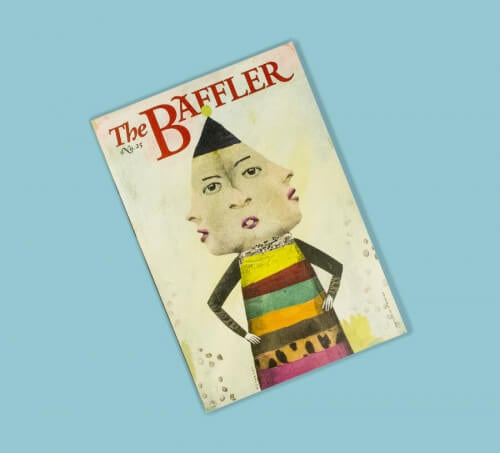Issues
March 2017
March 2017
no. 34—The Snare of Preparation
December 2016
no. 33—The Virtue Cartel
December 2016
no. 33—The Virtue Cartel
September 2016
no. 32—Muzak of the Spheres
September 2016
no. 32—Muzak of the Spheres
June 2016
no. 31—Memory Holes
June 2016
no. 31—Memory Holes
March 2016
no. 30—Panic! Room
March 2016
no. 30—Panic! Room
October 2015
no. 29—The Family That Preys Together
October 2015
no. 29—The Family That Preys Together
July 2015
no. 28—Battle Hymns
July 2015
no. 28—Battle Hymns
March 2015
no. 27—Venus in Furs
March 2015
no. 27—Venus in Furs
October 2014
no. 26—Sickness and Pelf
October 2014
no. 26—Sickness and Pelf
July 2014
no. 25—The None and the Many
July 2014
no. 25—The None and the Many
January 2014
no. 24—The Jig Is Up!
January 2014
no. 24—The Jig Is Up!
August 2013
no. 23—A Carnival of Buncombe
August 2013











